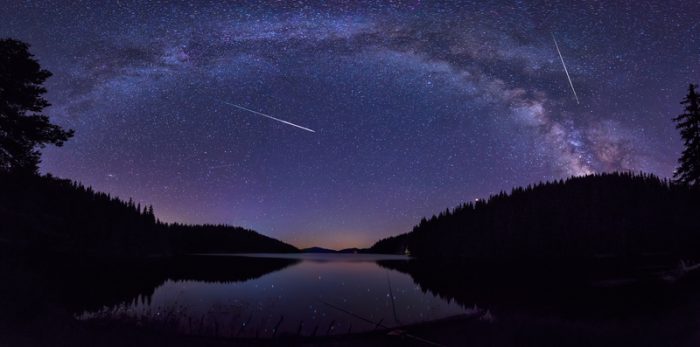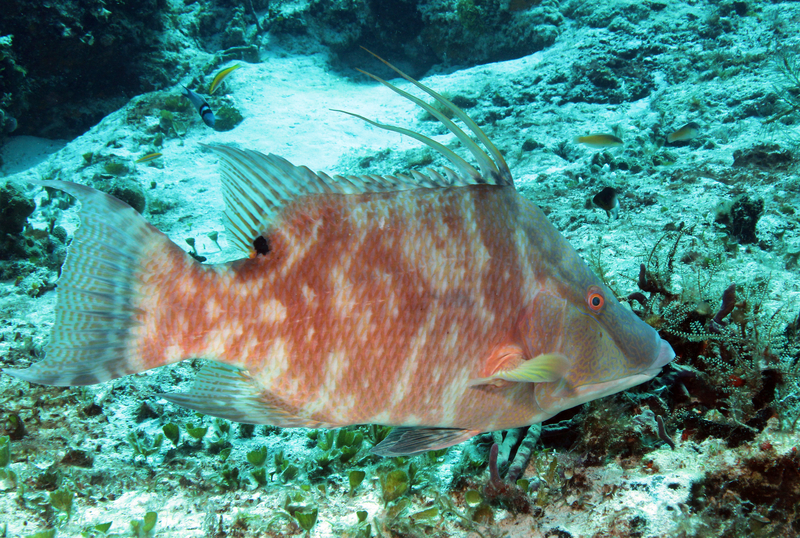In the world of skywatching, few treats are as spellbinding as a meteor shower. This is when thousands of tiny fragments of space rock fall through our atmosphere at thousands of feet per second, and burn up into beautiful streaks of light.
Meteor showers tend to be annual, as they mostly come about when the Earth passes through a trail of rock, dust, and ice left behind in the orbital path of a comet. And in the Northern Hemisphere, the biggest one every year is happening right now—the Perseids Meteor Shower.
Though the Perseids last for about a couple weeks, their peak is tonight and tomorrow. And you can watch them. How? Let's get into the details!
Clear skies, can't lose
A meteor as seen in West Virginia just last night! (Getty Embed)
Obviously one of the first things that you need to see something in the sky is ... a clear sky. So hopefully the next couple of evenings are relatively cloud-free in your area. It's also ideal to have a less bright moon. As luck would have it, we just recently had a new (fully dark) moon and the moon will be setting early the next few evenings, so moonlight shouldn't be an issue this year.
But even with a perfectly still, moonless night, there is another thing that you need to 'clear' from the sky to get the best view of the Perseids.
Artificial, or city, light.
Even the streetlights in a fairly small town can make it impossible to see most of the meteors in the sky. They are too faint to see. To boost your chances of seeing as many meteors as possible, aim to get out to the darker countryside. If you live on a farm or in a rural area, then perfect! If not, you'll need to set up a plan with a parent to organize a special field trip. Which sounds very exciting! But when should you go?
Early bird gets the shower
As soon as the sun is fully gone from the sky, the Perseids will begin becoming visible. In the summer, this is past 10:00pm or so. But the peak time to get a peek of these peaking, streaking meteors is actually the early morning. And we mean early. Past midnight to around 4:00am is ideal.
Now, this will likely mean setting a very different bedtime (as well as a good cat nap during the day!). But if you're up to it, you'll likely be treated to around 50 to 75 meteors per hour, which is a thrilling number. Grab a comfy chair or blanket and pillow, a warm drink and a hoodie, and get ready to see a show that you'll remember for the rest of your life.
Laying out under the stars at night. What else is summer for?
 Who's ready to watch some meteors! (ID 125431522 © Zhasminaivanova | Dreamstime.com)
Who's ready to watch some meteors! (ID 125431522 © Zhasminaivanova | Dreamstime.com)









